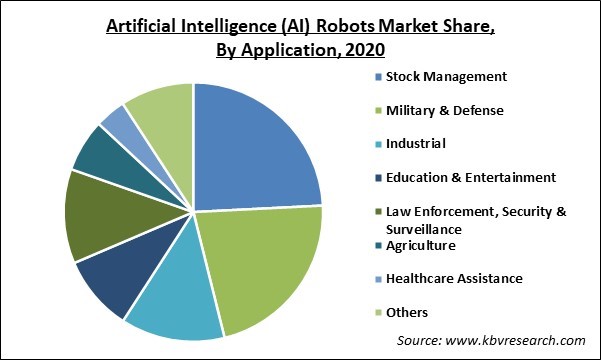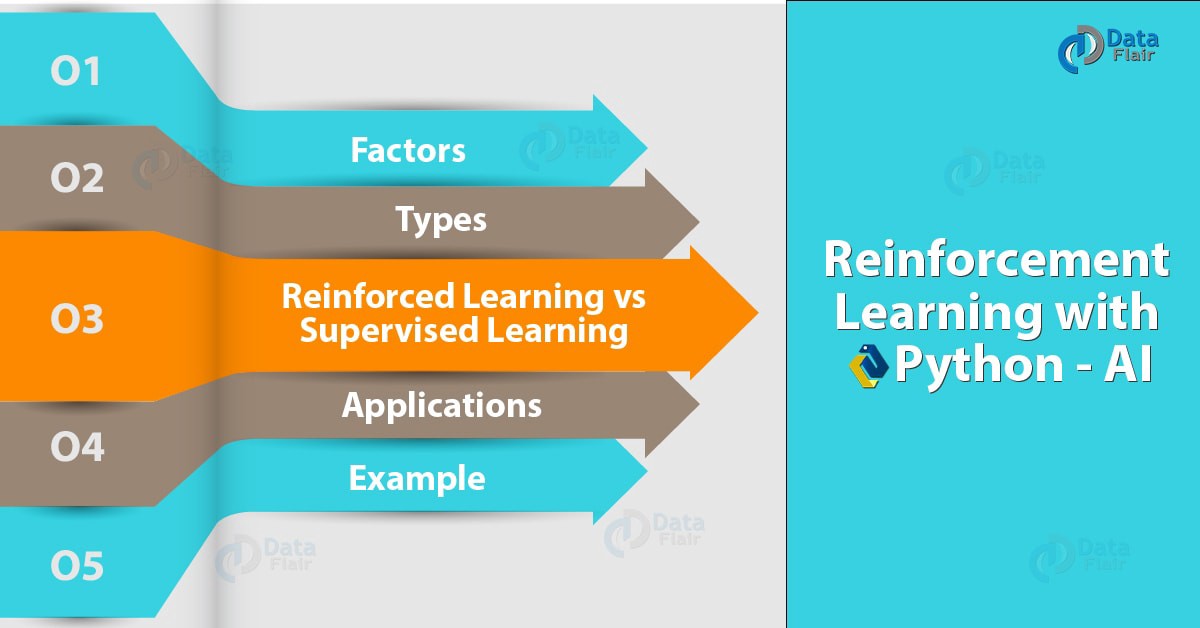
Customer relationship management is a way to improve the relationships between a business and its customers. It often involves large amounts and complex data analysis to manage customer interactions. It basically allows a company to manage its interactions. It helps businesses to improve their customer relationships and retain customers.
Reactive functions
There are two kinds of customer service: proactive and reactive. Proactive customer care is a way to address customer needs before they become dissatisfied or frustrated. It also makes sure that customer interactions reflect the company's culture. A customer will only be contacted if something breaks or is not working properly.
Proactive customer service uses data analytics and research to make better decisions for its customers. It requires a shift in mindset, a desire to identify opportunities, and an urgency to improve the customer experience. This article examines how you can use each type of customer service to benefit your company.
Proactive functions
Proactive customer service provides a personalized touch to a brand that helps build trust and loyalty. It can help companies retain customers by providing solutions to problems and advice. It can also give insight into customer behavior which can help companies improve products or services. Fortunately, more companies are realizing the importance of proactive customer service.

An audit of your customer support structure is one way to take control and identify any gaps. A knowledge base or FAQ section might be available on your website. However, you may not have a proactive customer care team. Once you've identified areas that need improvement you can begin to search for solutions. It can also help to look at your direct competitors, and determine what they're doing that will benefit your customers.
Analytical functions
Analytical functions in customer relationship management (CRM) are tools used in CRM to measure customer satisfaction, loyalty, and other important factors. They can also be used for identifying new markets and potential customers to develop new products and/or services. These tools are helpful in improving customer experience, and for enhancing decision-making capability.
Analytics CRM allows companies to make better decisions about their customers by using data from the CRM. They can use it to create marketing strategies that are based on customer segmentation. This makes it easier for potential customers to be reached. It can also assist businesses in developing one-on-one marketing strategies.
This platform helps businesses build and strengthen relationships with customers
CRM, also known as customer relationship management (or CRM), is a platform that enables businesses to build and sustain relationships with their customers. CRM connects the company's offerings with the customers' needs and wants, helping businesses to improve customer relations. Many businesses are considering CRM software adoption for many reasons. These include customer loyalty, streamlining core business processes, and streamlining their operations. Businesses are most likely to adopt CRM software in order to improve customer relationships and contact management. Software Advice recently found that 94% CRM users rated contact management as their most important feature.
While CRM systems were traditionally used for sales and marketing, a growing number of companies are now focusing on customer services. Customer service is a vital piece of a company's customer relationship. A customer may raise a problem via email, Twitter, or phone. Therefore, it is important to have a consistent, organized system that allows customers to follow up on their inquiries through all channels. A CRM solution allows businesses to manage their customer data and gives sales and service staff a single view.

Some examples
Customer relationship management, which is a complex field, requires a variety of strategies to establish and sustain customer relationships. This involves developing good relationships with current customers and establishing new ones. Customer relationship management strategies can be divided into two general categories: reactive and proactive. Reactive customer relationship focus on dealing with issues as they arise. Proactive customer relations concentrate on increasing customer satisfaction by engaging in loyalty programs, personalized communications, and other incentives.
Customer relationship management software can help companies better track their customers. This technology allows sales professionals to keep track of customers, their interests, and their interactions with the brand. A CRM system that is efficient can help you identify loyal customers and increase sales.
FAQ
Is there any other technology that can compete with AI?
Yes, but this is still not the case. There are many technologies that have been created to solve specific problems. However, none of them can match the speed or accuracy of AI.
Who created AI?
Alan Turing
Turing was born in 1912. His father, a clergyman, was his mother, a nurse. He was an excellent student at maths, but he fell apart after being rejected from Cambridge University. He started playing chess and won numerous tournaments. After World War II, he worked in Britain's top-secret code-breaking center Bletchley Park where he cracked German codes.
1954 was his death.
John McCarthy
McCarthy was born in 1928. He studied maths at Princeton University before joining MIT. There, he created the LISP programming languages. In 1957, he had established the foundations of modern AI.
He died in 2011.
What are the benefits to AI?
Artificial Intelligence is an emerging technology that could change how we live our lives forever. Artificial Intelligence is already changing the way that healthcare and finance are run. And it's predicted to have profound effects on everything from education to government services by 2025.
AI is already being used in solving problems in areas like medicine, transportation and energy as well as security and manufacturing. The possibilities are endless as more applications are developed.
So what exactly makes it so special? It learns. Unlike humans, computers learn without needing any training. They simply observe the patterns of the world around them and apply these skills as needed.
This ability to learn quickly is what sets AI apart from other software. Computers can scan millions of pages per second. They can recognize faces and translate languages quickly.
Because AI doesn't need human intervention, it can perform tasks faster than humans. It can even perform better than us in some situations.
A chatbot called Eugene Goostman was developed by researchers in 2017. Numerous people were fooled by the bot into believing that it was Vladimir Putin.
This is a clear indication that AI can be very convincing. Another benefit is AI's ability adapt. It can be taught to perform new tasks quickly and efficiently.
This means businesses don't need large investments in expensive IT infrastructures or to hire large numbers.
How does AI work?
Basic computing principles are necessary to understand how AI works.
Computers keep information in memory. Computers use code to process information. The code tells the computer what to do next.
An algorithm is a set of instructions that tell the computer how to perform a specific task. These algorithms are often written using code.
An algorithm can also be referred to as a recipe. A recipe can include ingredients and steps. Each step is a different instruction. An example: One instruction could say "add water" and another "heat it until boiling."
Are there any AI-related risks?
Of course. They will always be. AI is seen as a threat to society. Others believe that AI is beneficial and necessary for improving the quality of life.
The biggest concern about AI is the potential for misuse. If AI becomes too powerful, it could lead to dangerous outcomes. This includes autonomous weapons, robot overlords, and other AI-powered devices.
AI could also take over jobs. Many people worry that robots may replace workers. Others think artificial intelligence could let workers concentrate on other aspects.
Some economists believe that automation will increase productivity and decrease unemployment.
Statistics
- Additionally, keeping in mind the current crisis, the AI is designed in a manner where it reduces the carbon footprint by 20-40%. (analyticsinsight.net)
- In the first half of 2017, the company discovered and banned 300,000 terrorist-linked accounts, 95 percent of which were found by non-human, artificially intelligent machines. (builtin.com)
- While all of it is still what seems like a far way off, the future of this technology presents a Catch-22, able to solve the world's problems and likely to power all the A.I. systems on earth, but also incredibly dangerous in the wrong hands. (forbes.com)
- That's as many of us that have been in that AI space would say, it's about 70 or 80 percent of the work. (finra.org)
- More than 70 percent of users claim they book trips on their phones, review travel tips, and research local landmarks and restaurants. (builtin.com)
External Links
How To
How to setup Google Home
Google Home, a digital assistant powered with artificial intelligence, is called Google Home. It uses natural language processing and sophisticated algorithms to answer your questions. Google Assistant can do all of this: set reminders, search the web and create timers.
Google Home seamlessly integrates with Android phones and iPhones. This allows you to interact directly with your Google Account from your mobile device. Connecting an iPhone or iPad to Google Home over WiFi will allow you to take advantage features such as Apple Pay, Siri Shortcuts, third-party applications, and other Google Home features.
Google Home is like every other Google product. It comes with many useful functions. Google Home can remember your routines so it can follow them. So when you wake up in the morning, you don't need to retell how to turn on your lights, adjust the temperature, or stream music. Instead, you can say "Hey Google" to let it know what your needs are.
These steps will help you set up Google Home.
-
Turn on Google Home.
-
Press and hold the Action button on top of your Google Home.
-
The Setup Wizard appears.
-
Select Continue
-
Enter your email address.
-
Select Sign In.
-
Google Home is now available